Sleep phases
Sleep yourself healthy
Sleep yourself healthy
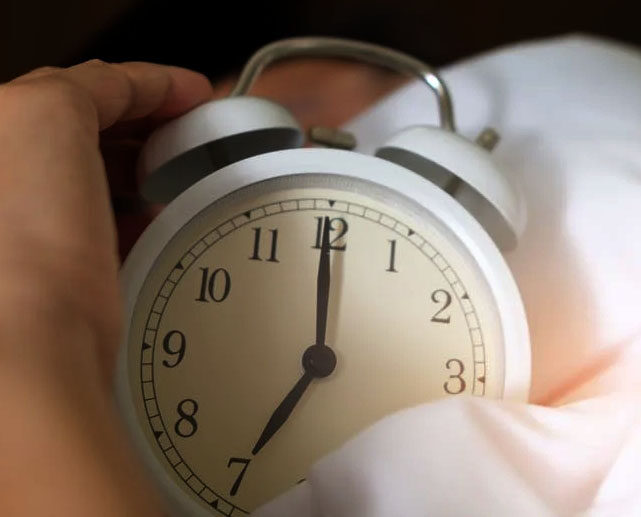
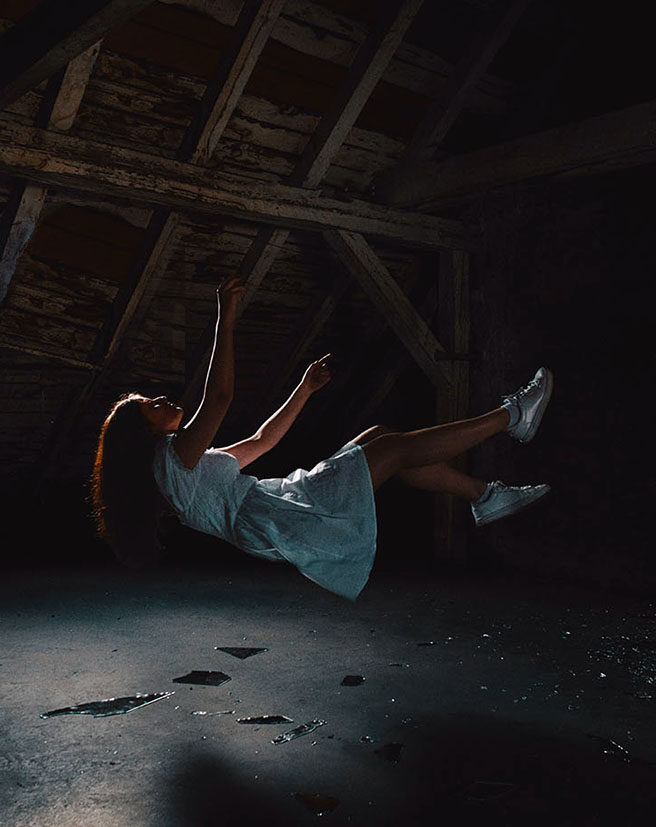
Falling asleep belongs to the category of non-rem sleep. For most people, falling asleep takes only a few minutes. The body relaxes and the brain comes to rest. As soon as soft sounds or light touches are no longer perceived, you have fallen asleep. The barrier from being awake to being asleep has now been crossed. The person loses his waking consciousness and thus part of the control over himself.
In this sleep phase, two phenomena that are perceived as unpleasant can occur, the twitching of the legs and a feeling of falling.
Restless legs up to twitching occur when the brain has almost "fallen asleep" but the muscles are still more active. In this case, the body function is not shut down synchronously with the brain function. Stress can intensify such phenomena.
The feeling of falling is attributed to disturbances in the organ of equilibrium in the ear and not to the loss of waking consciousness, as one might assume.
It is interesting that both phenomena are perceived but hardly disturb the transition into the second phase.
Stage 3 - The transition
This stage is a transitional phase to deep sleep. Here, muscle relaxation continues to decrease and breathing also slows down. Our sleep deepens. We wake up with difficulty.
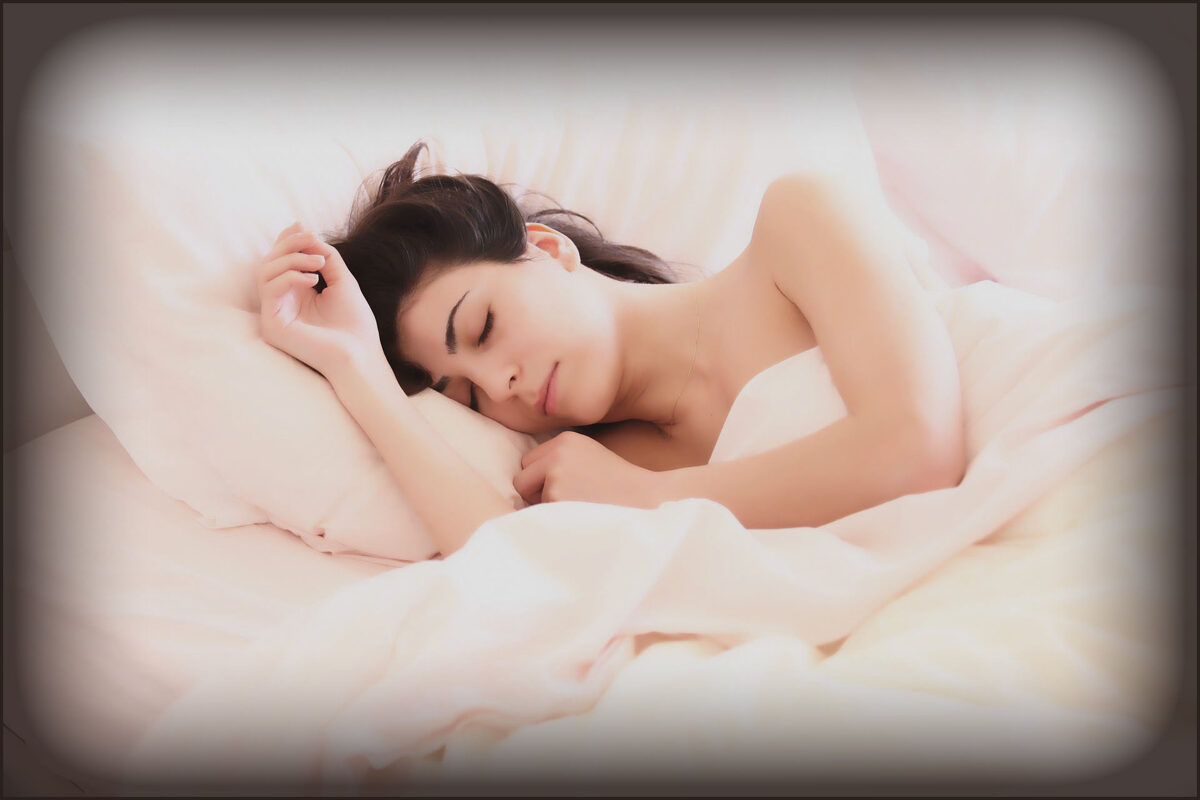
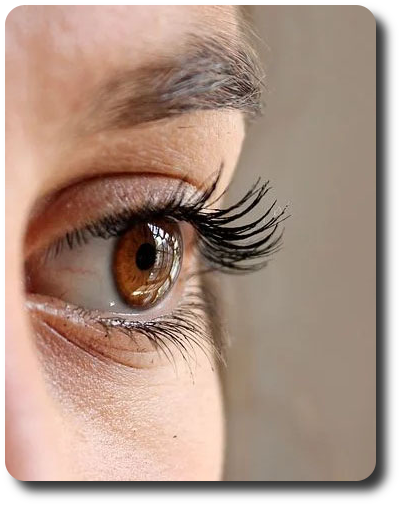
Tip
If you can't sleep through the night and wake up in the middle of the night, simply use an eye pillow. It optimally supports falling asleep again. It provides the necessary darkness and promotes the renewed lowering of the heart and breathing rate by activating the oculocardial reflex.
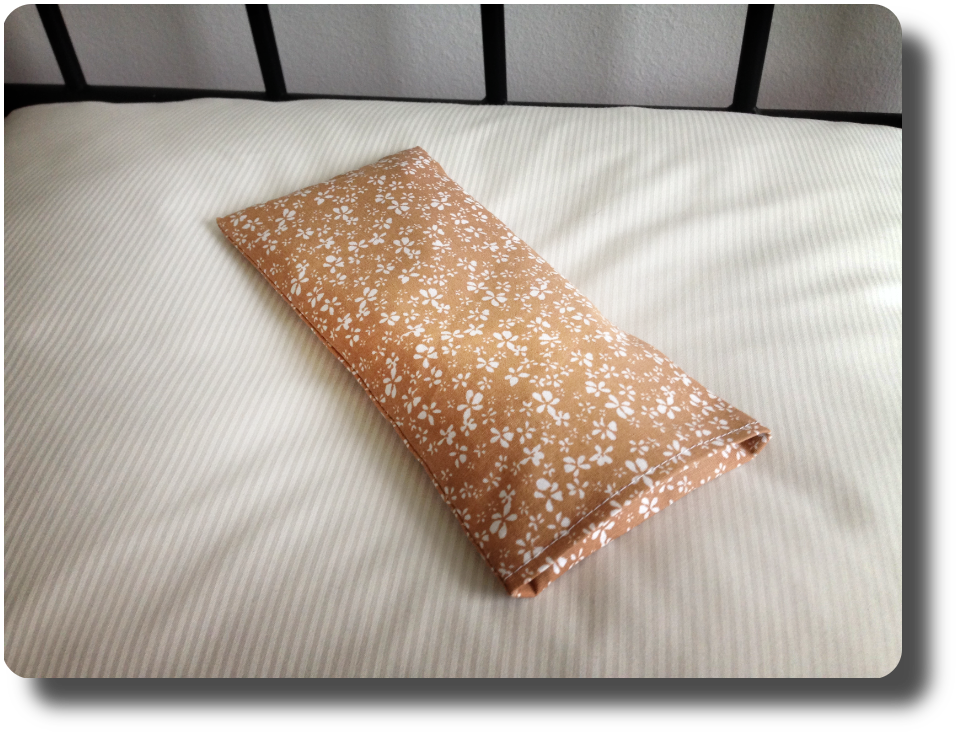
Cart is empty.